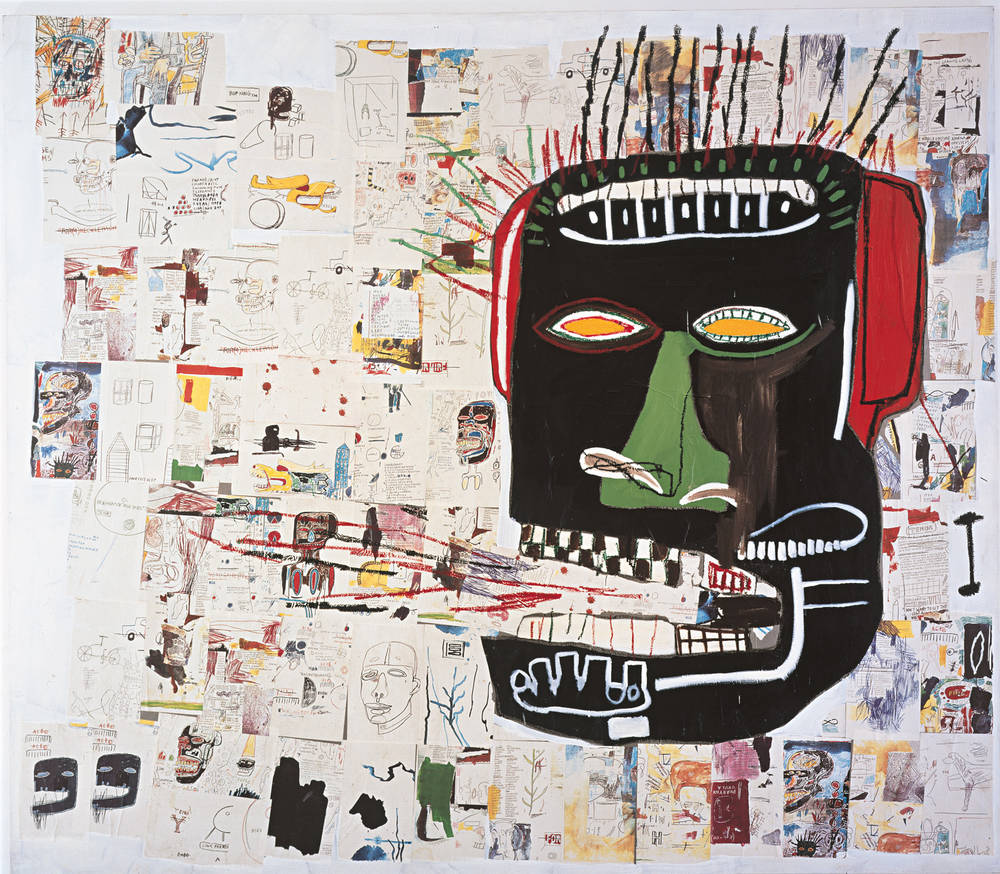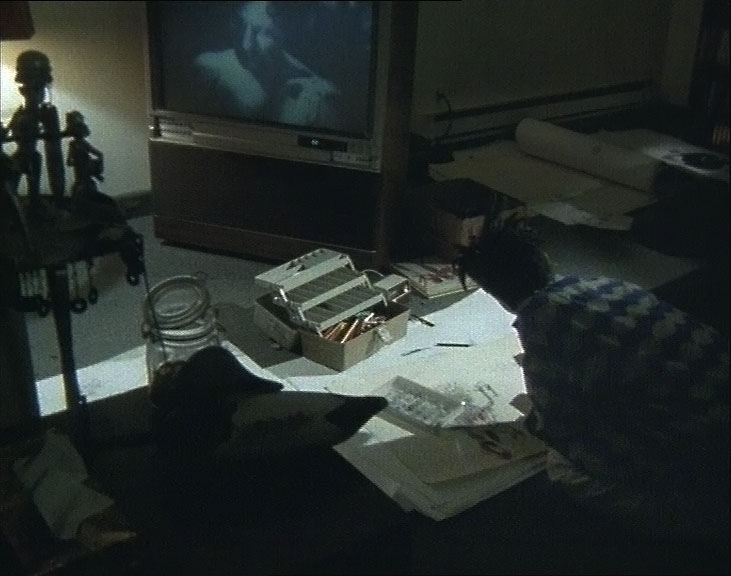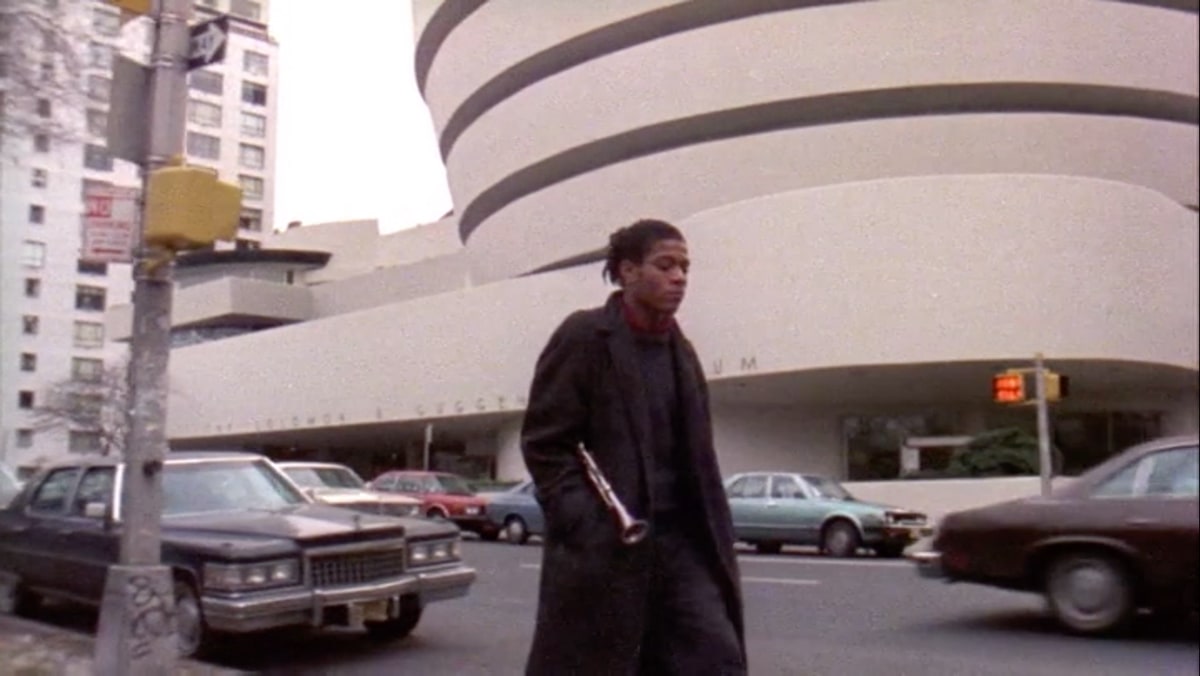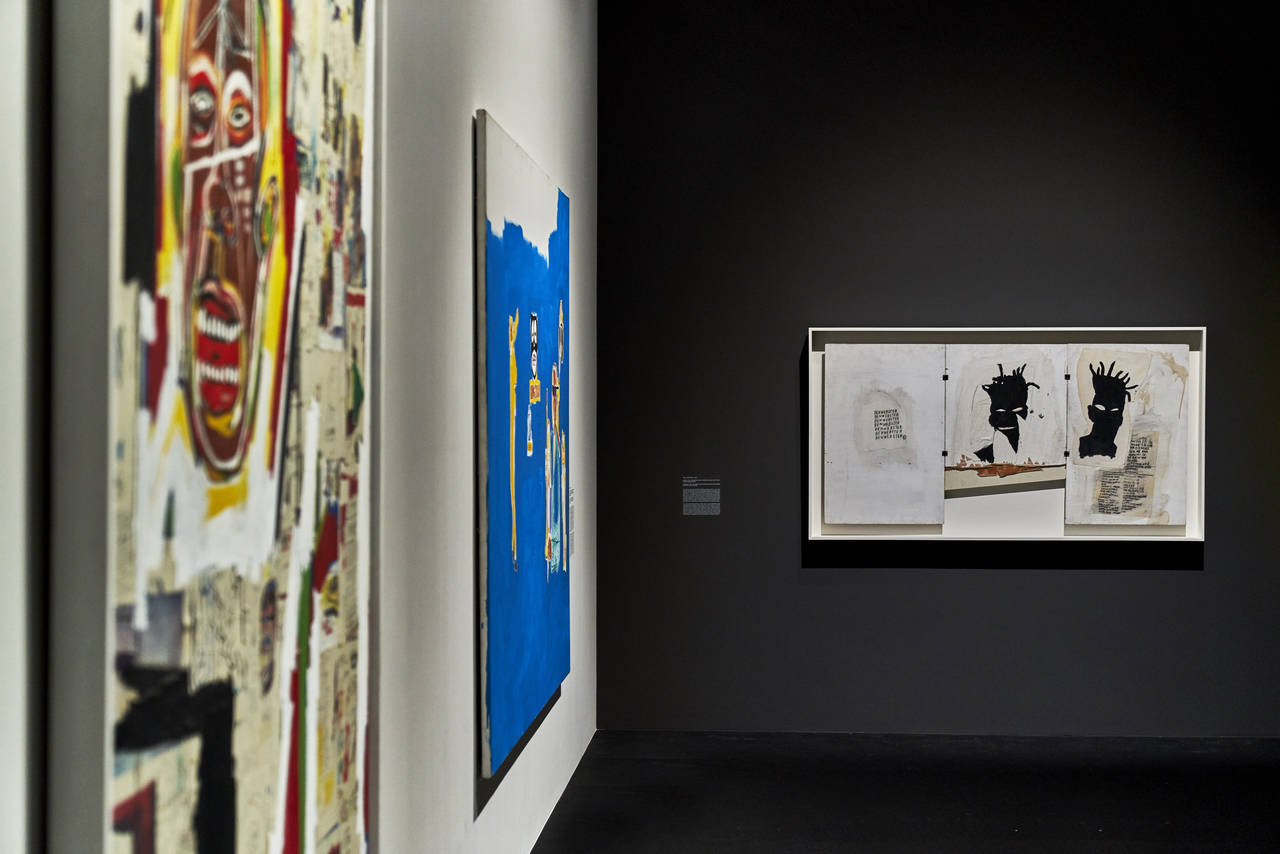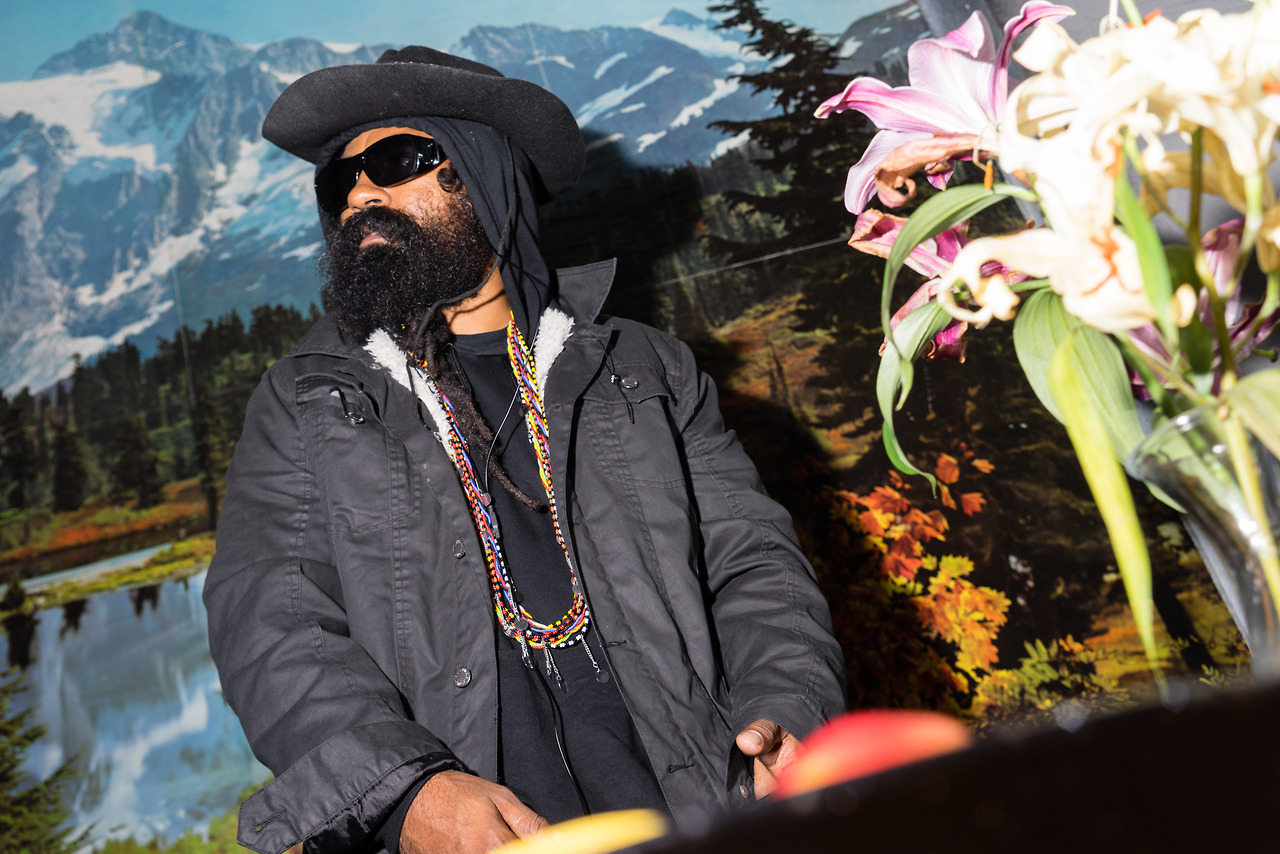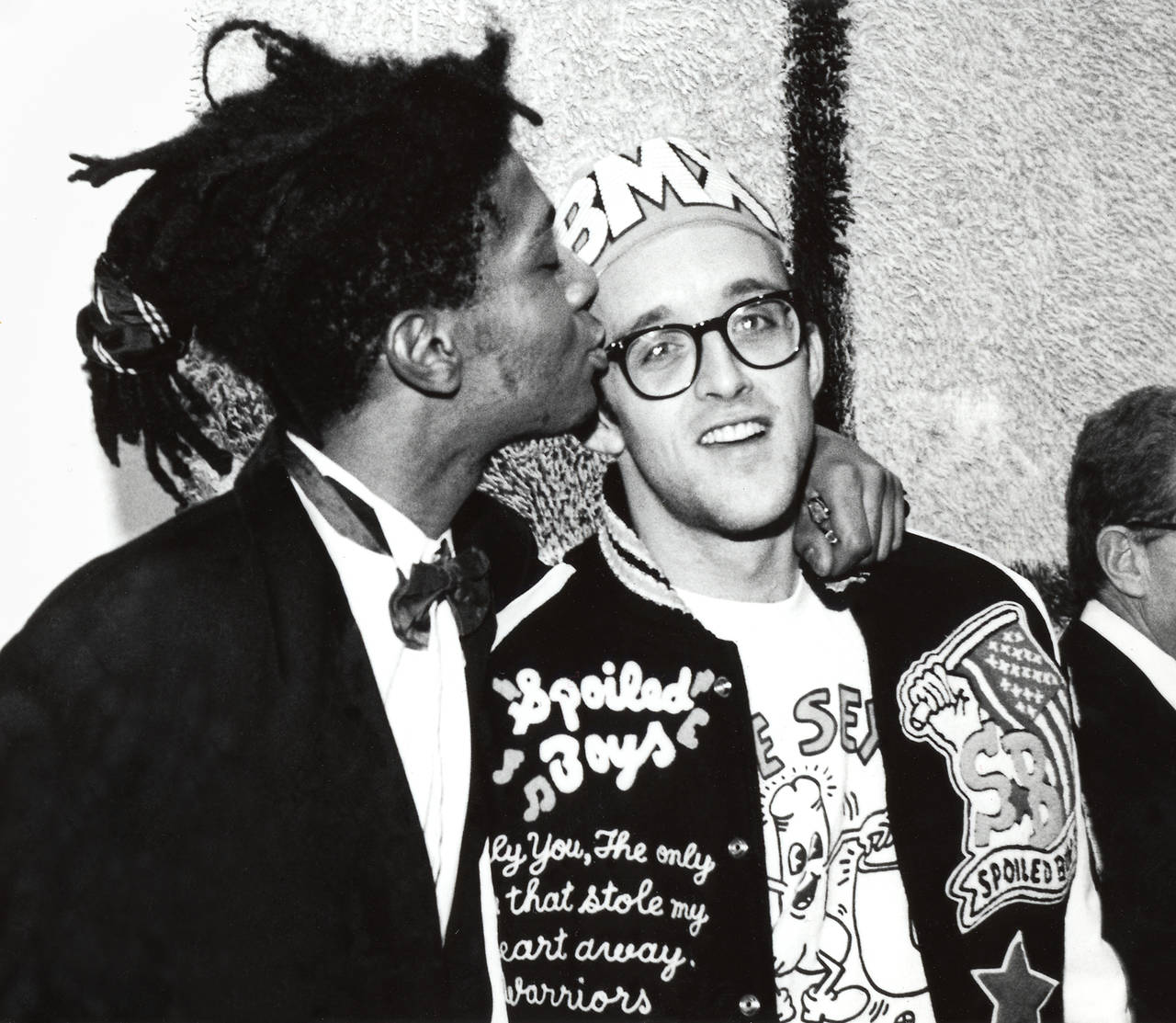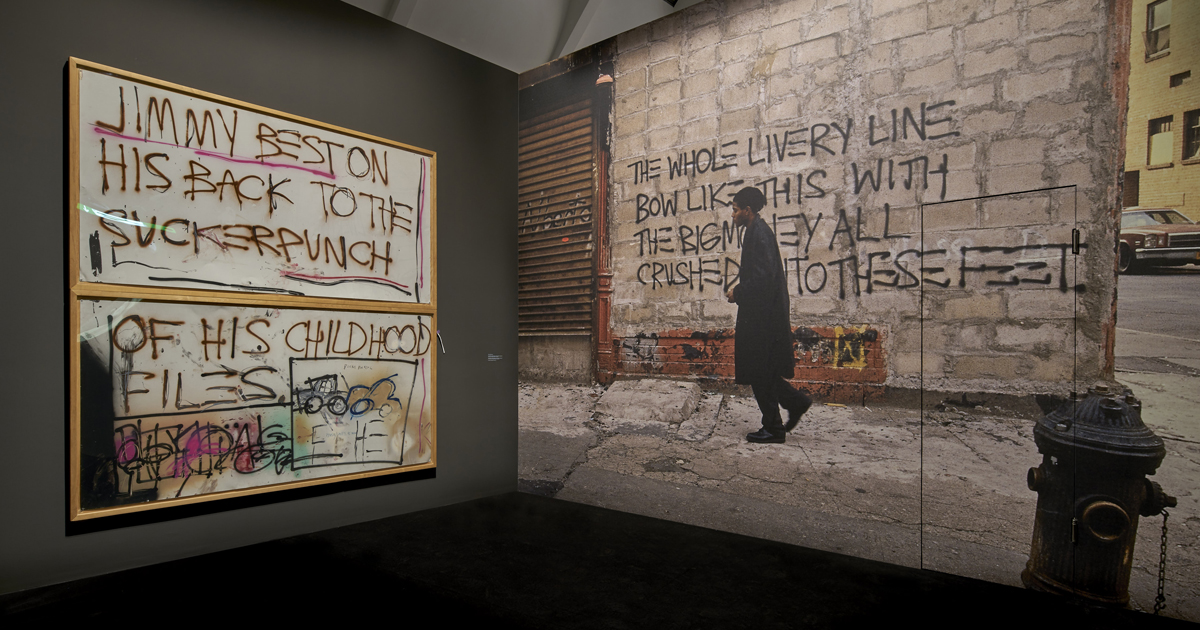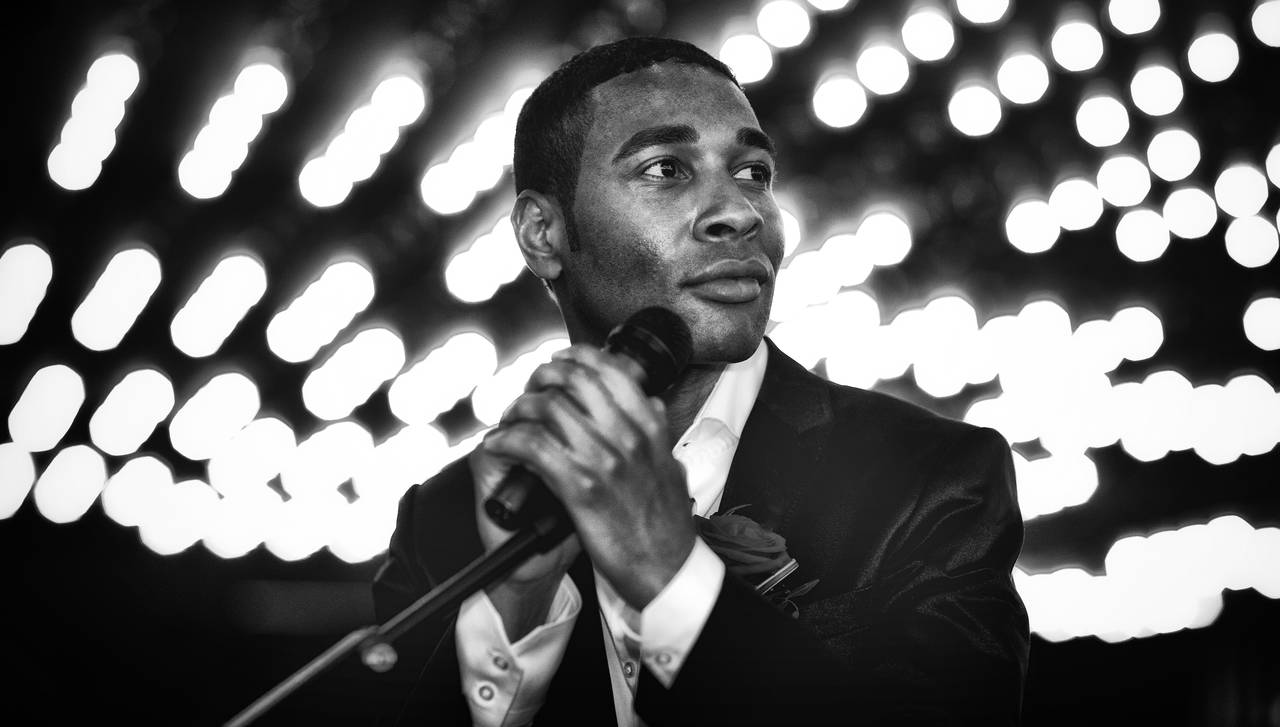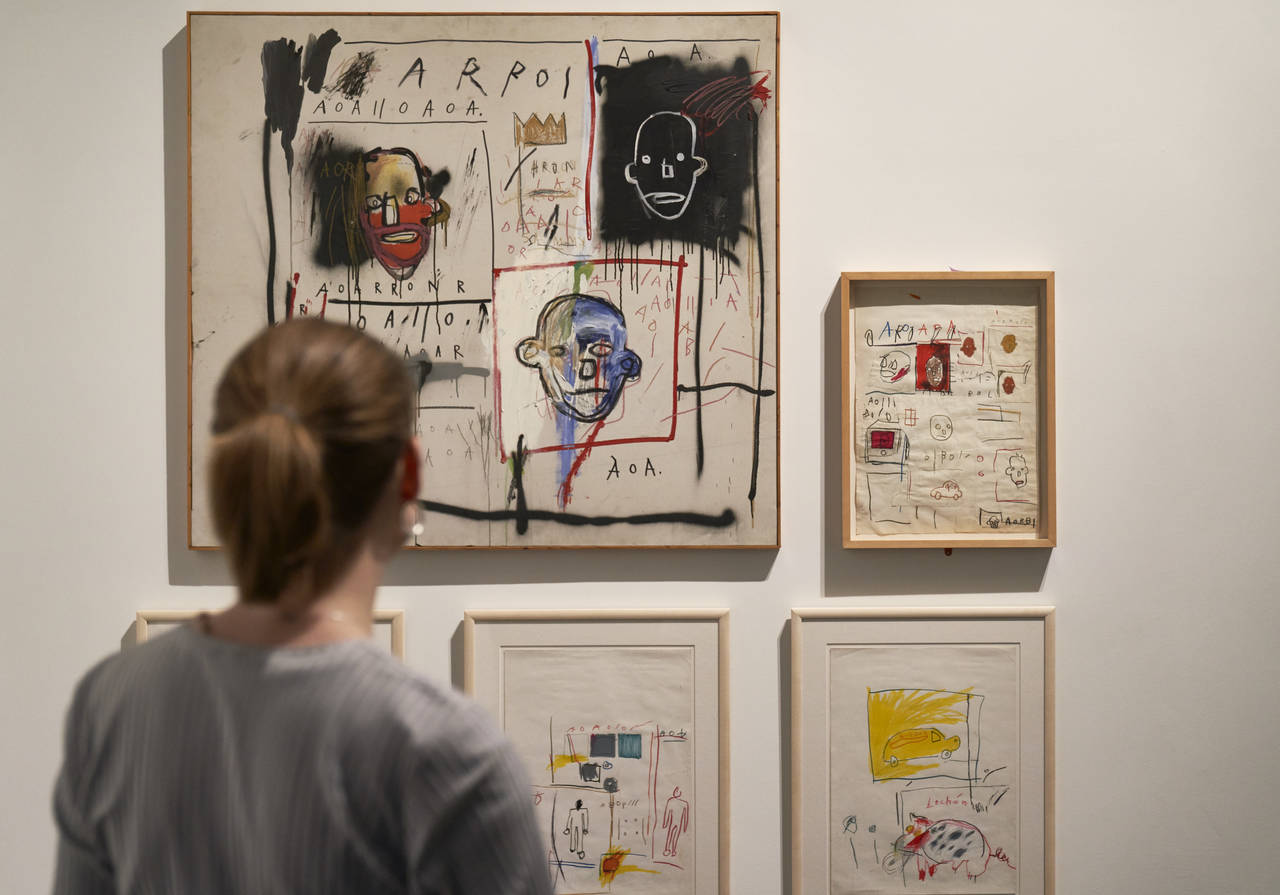Jean-Michel Basquiat’s record collection is said to have contained some 3,000 LPs. In particular Jazz and Bebop had a huge influence on the artist.
Entire series of reference works study which artist influenced whom and how, and conversely who was influenced by what thing or person(s). While English film composer John Powell responded to the question of whether he listened to other film music with a simple “Ooh God, no!”, others have a much more casual attitude when it comes to giving themselves over to foreign influences. Like Jean-Michel Basquiat: Music was one of his most important sources of inspiration.
He is said to have had some 3,000 LPs in his record collection alone. In fact, friends relate that he constantly had music playing in his studio – and anyone who visits the exhibition “Basquiat. Boom for Real” at the SCHIRN will, before entering the exhibition rooms, have heard Jazz music and seen a film excerpt showing Basquiat dancing happily. In countless of his works one can discern direct references attesting to Basquiat’s fascination for literature, the visual arts and science, inviting to trace the source of these influences.
Several musicians began experimenting with elaborate rhythms
In several works explicit references can be found both to Jazz and famous musicians, which point to Basquiat’s intensive occupation with this new style of American music that emerged in the 20th century, and whose influence on subsequent music must not be underestimated. The origins of Jazz date back to the end of the 19th and the early 20th century, when above all musicians in the south of the United States created a new type of music that drew on the Blues and Ragtime.
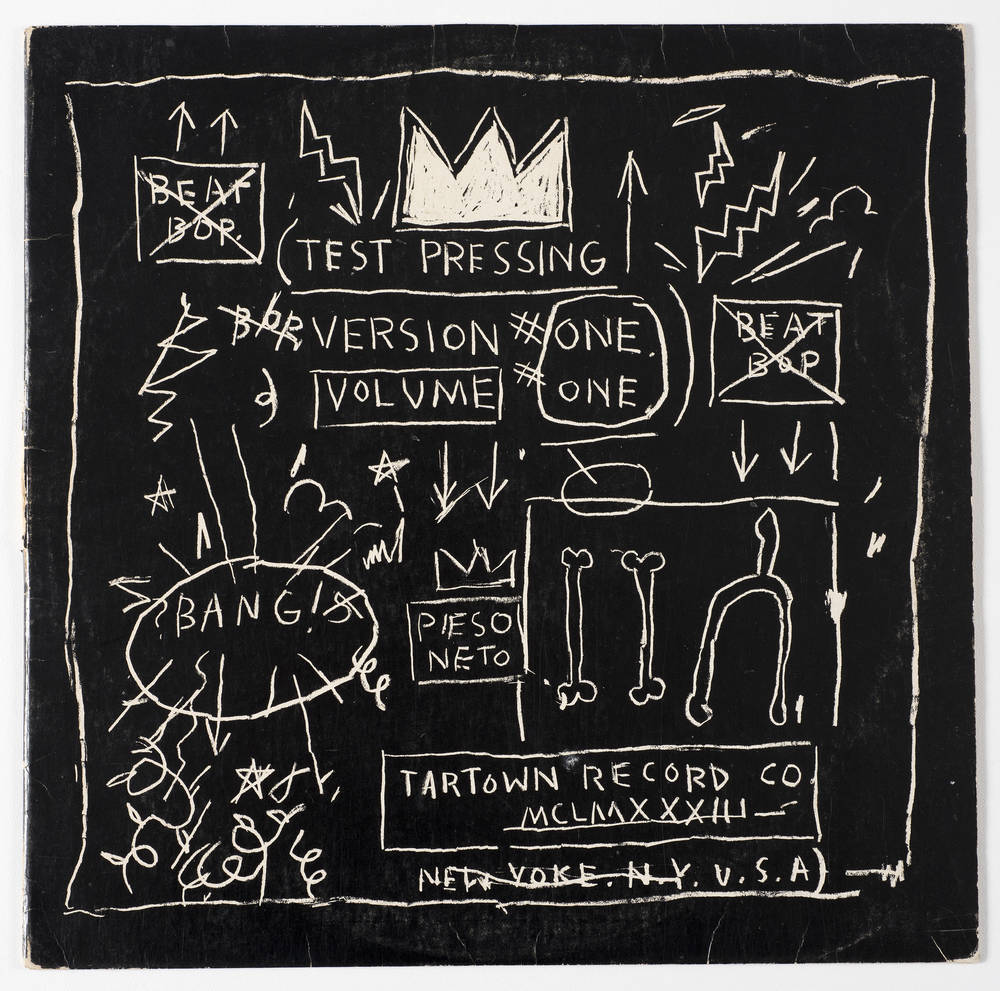
With its special rhythmic and harmony elements Jazz is often seen as the American pendant to European classical music, although it cites both the European and African history of music. Similarly to Blues and Ragtime, Jazz music was largely played, defined and advanced by African-American musicians. New Orleans Jazz was followed by Dixieland Jazz, then in the 1920s by Swing, whose typical beat can be specifically traced back to African rhythm techniques.
Louis Armstrong provided the definition when stating: “If you don’t feel it, you’ll never know it.” It was through the dance music played by the large Swing orchestras of the 1930s and 1040s that Jazz finally came of age: Several musicians, amongst them Charlie Parker, Dizzy Gillespie, Charlie Christian, Thelonious Monk and Max Roach, who were bored with the ever identical sounds of swing music experimented with more sophisticated rhythms. The harmonies became more complex, there was greater emphasis on improvisation, the music ensembles became smaller. Bebop was born, the main basis for Modern Jazz.
If you don’t feel it, you’ll never know it.
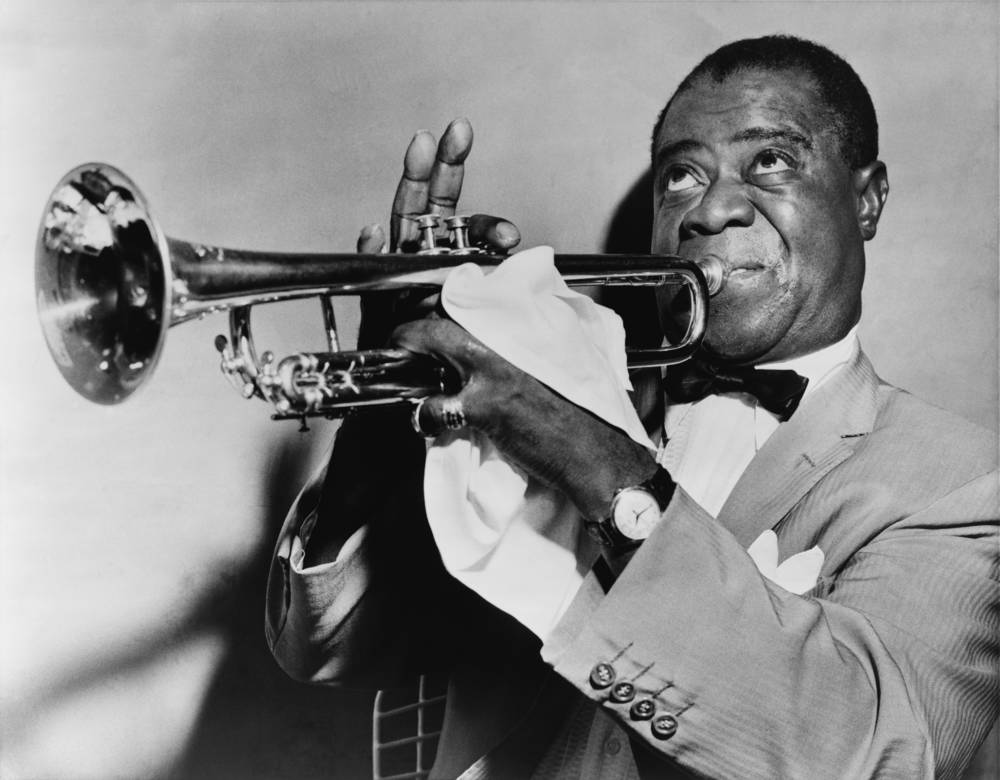
While Jean-Michel Basquiat also hauled the heroes of the old Jazz onto his canvases like Louis Armstrong and Bix Beiderbecke as in his work “King Zulu”, the protagonists of Bebop feature repeatedly in his works. And although he asserted that Miles Davis was his favourite musician, there is another great artist cropping up again and again in his works: Charlie “Bird” Parker. The special relationship Basquiat had to Parker also emerges in a different context: In her book “Widow Basquiat” Jennifer Clement quotes the artist as saying he would go mad if he didn’t hear Parker’s music every day. At that time a whole crate full of Ross Russell’s biography on Charlie Parker “Bird lives!” stood in Basquiat’s studio, and he happily gave his friends copies.
Basquiat would go mad without Parker’s music
It is also possible to draw interesting parallels between Modern Jazz, in the styles of Bebop, Hardbop, Modal Jazz und Free Jazz, and Basquiat’s preferred method: on the one hand, free improvisation and trying out new means of articulation starting with an existing song or melody structure and on the other the references to existing “facts”, as Basquiat called the inspiration he took from books and then placed in a new context.
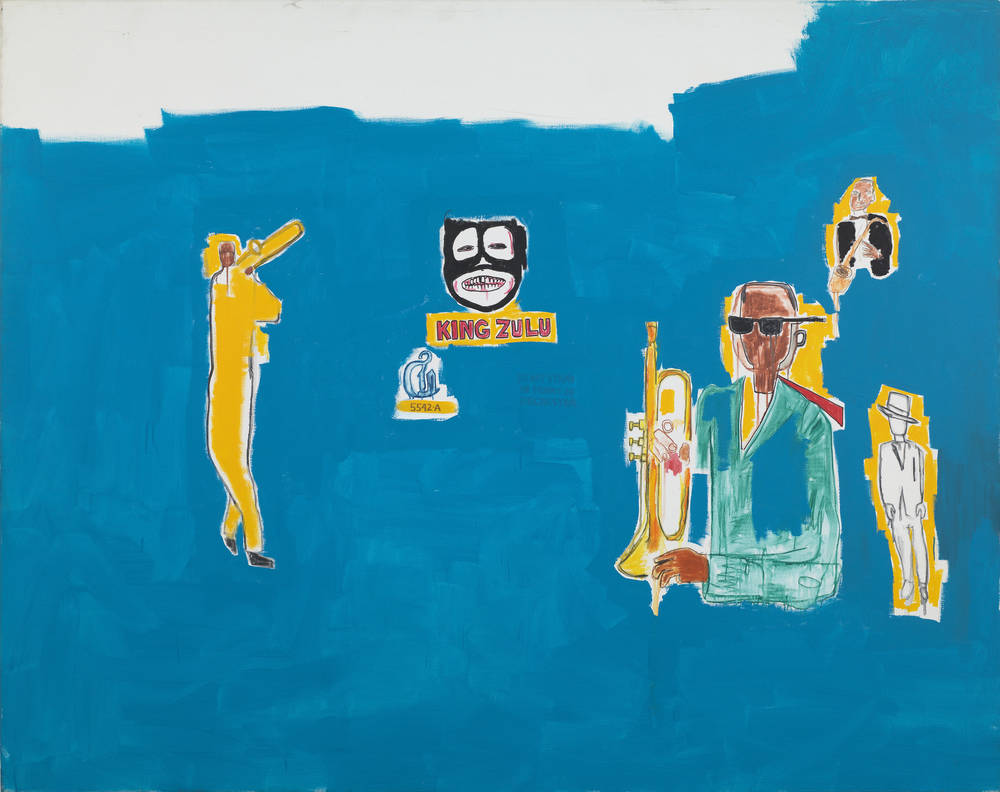
The bebop, which clearly distanced itself from the danceability of the swing, demanded a close listening with its more complex harmonies that had nothing in common with Armstrong’s “feeling” of the swing. On the other hand, we have Basquiat’s collages and works with a heavy emphasis on text and symbols, works that can evidently never be completely deciphered and often place at their centre the head, separated from the body as a symbol for the reactionary.
Or, as American author Greg Tate asserted: “He belongs to a black tradition, well established by our musicians, of making work that is heady enough to confound academics and hip enough to capture the attention span of the Hip-Hop nation.” Not least of all, one reason Basquiat felt so close to young Bebop musicians is that they were among the first Afro-Americans to also receive recognition and admiration from whites, even though this did not prevent them from being subject to constant racist discriminations or animosities, a situation he was also familiar with.
He belongs to a black tradition [...] of making work that is heady enough to confound academics and hip enough to capture the attention span of the hip-hop nation.
